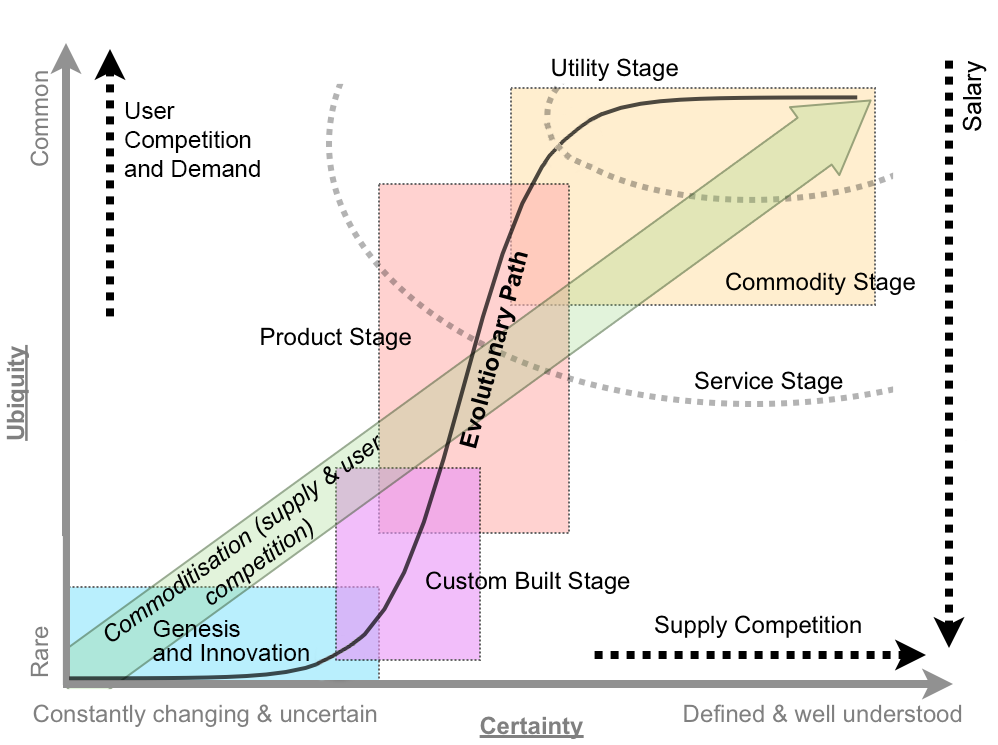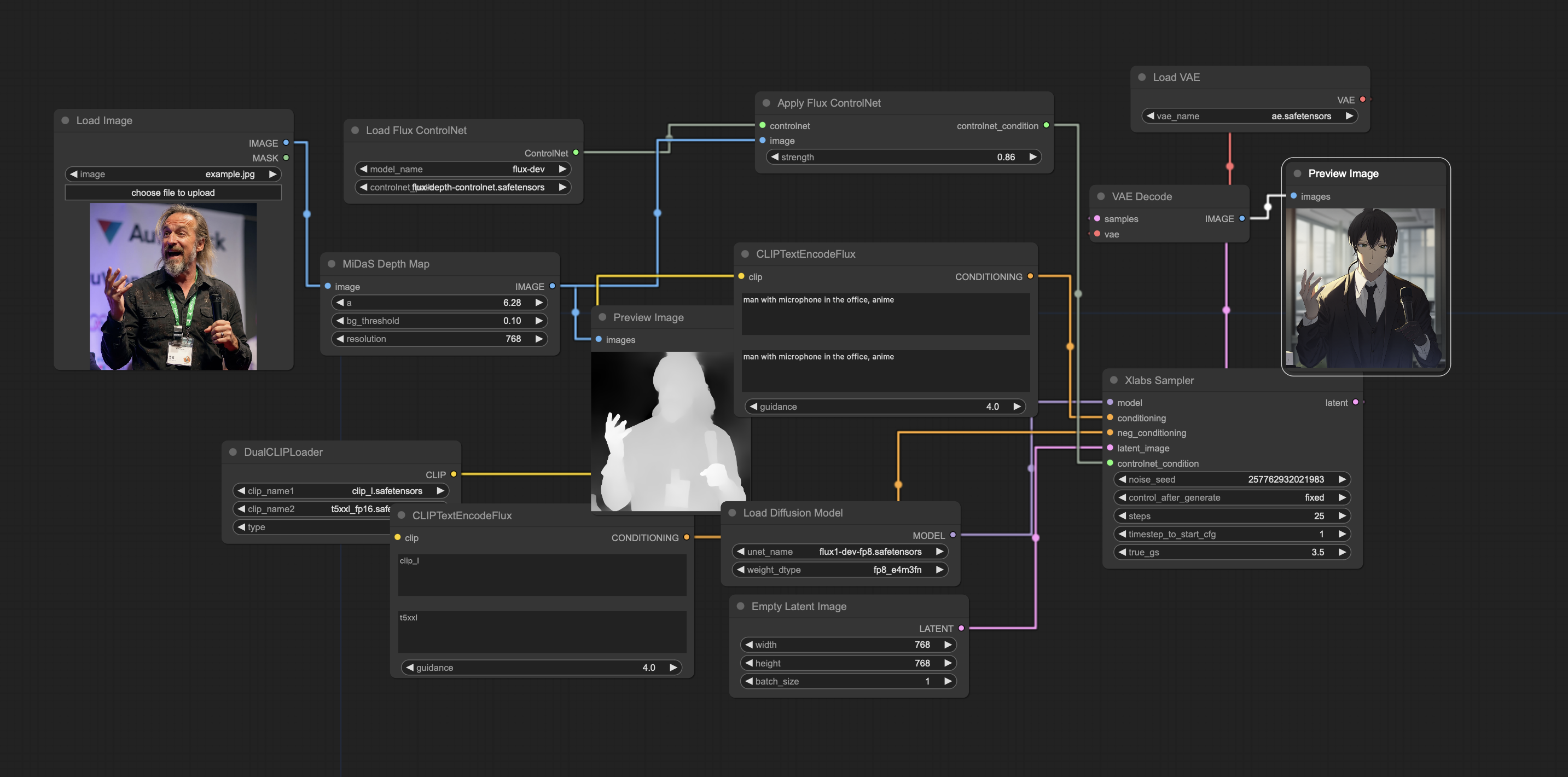BREAKING NEWS
LATEST POSTS
-
Zach Arnold – 2020: Dear Hollywood: We Don’t Want to “Go Back to Normal.” Normal Wasn’t Working
https://optimizeyourself.me/dear-hollywood-normal-wasnt-working/
Hollywood’s pre-pandemic “normal” wasn’t sustainable or healthy, particularly for workers who faced long hours, poor work-life balance, and limited diversity. This article calls for the industry to use this post-pandemic period as a chance to reform and prioritize the well-being, creativity, and inclusivity of its workforce, rather than simply returning to old, harmful practices.
-
AI Risk Repository – What are the risks from Artificial Intelligence?
The AI Risk Repository has three parts:
- The AI Risk Database captures 700+ risks extracted from 43 existing frameworks, with quotes and page numbers.
- The Causal Taxonomy of AI Risks classifies how, when, and why these risks occur.
- The Domain Taxonomy of AI Risks classifies these risks into seven domains (e.g., “Misinformation”) and 23 subdomains (e.g., “False or misleading information”).
-
AI and the Law – Artists Score Major Win in Copyright Case Against AI Art Generators

The court declined to dismiss copyright infringement claims against the AI companies. The order could implicate other firms that used Stable Diffusion, the AI model at issue in the case. The case will move forward to discovery, where the artists could uncover information related to the way in which the AI firms harvested copyrighted materials that were then used to train large language models.
FEATURED POSTS
-
memerwala_londa – Ghibli like Midjourney and Kling video
https://www.reddit.com/r/midjourney/comments/1lbblfq/ghibli_style_game_guide_included/
Made everything on Edits App
Image Generation on Midjourney
Video Generation on Kling 2.1I used Joystick png to add buttons,then some asmr video sounds to make it look more lively,I used text as Buttons,
Prompts:
All Prompts are in order just like in video
First-person POV video game screenshot, playing as a young anime protagonist in a slightly oversized white t-shirt and knee-length blue shorts. Visible hands pushing open a sun-faded wooden door, forearms resting on the frame. In a dusty hallway mirror reflection: character’s soft Ghibli-style face with windblown hair. Inside a cozy coastal cottage: slanted sunlight through lace curtains, pastel walls with watercolor seascapes, overstuffed bookshelf spilling seashells. Foreground: ‘E: Rest’ prompt over a quilted sofa. Background: steaming teacup on a driftwood table, open window revealing distant lighthouse and Miyazaki fluffy clouds. Soft painterly textures, slight fisheye lens, identical HUD (minimap corner, health bar)
First-person POV video game screenshot, playing as a young anime protagonist in a slightly oversized white t-shirt and knee-length blue shorts. View includes visible hands gripping a steering wheel, sunlit arms resting on car door, and rearview mirror showing character’s soft Ghibli-style face with windblown hair. Driving through a vibrant coastal town: cobblestone streets, pastel houses with flower boxes, distant lighthouse. Soft painterly textures, Miyazaki skies with fluffy clouds, slight fisheye lens effect, HUD elements (minimap corner, health bar).
First-person POV video game screenshot, playing as a young protagonist in a loose white t-shirt and faded denim shorts. Visible arms holding a woven basket, sneakers stepping on rain-damp cobblestones. Walking through a chaotic Ghibli street market: cramped stalls selling glowing mushrooms, floating lanterns, and spiral-cut fruits. Fishmonger shouts while soot sprites dart between crates. Foreground: vendor handing you a peach (interactive ‘E’ prompt). Background: yakuza thugs lurking near a steaming noodle cart. Soft painterly lighting, depth of field, subtle HUD (minimap corner, health bar). Studio Ghibli meets Grand Theft Auto
First-person POV video game screenshot, playing as a young anime protagonist in a slightly oversized white t-shirt (salt-stained sleeves) and knee-length blue shorts, visible hands gripping a bamboo fishing rod. Kneeling on a mossy dock pier at sunset, arms resting on knees. Foreground: ‘E: Reel In’ prompt as line pulls taut. Background: pastel fishing boats, distant lighthouse under Miyazaki’s fluffy clouds. Glowing koi fish breaching turquoise water, soot sprites stealing bait from a tin. Identical soft painterly textures, fisheye lens effect, HUD (minimap corner, health bar).
Video Prompts :
All Prompts are in order just like in video
The black-haired boy strides from the rustic house toward the ocean, the camera tracking his movement in a GTA-style third-person perspective as coastal winds flutter white curtains and sunlight glimmers on distant sailboats, blending warm interior details with expanding seaside horizons under a tranquil sky.
The brown-haired boy drives a vintage blue convertible along the coastal cobblestone street, colorful flower-adorned buildings passing by as the camera follows the car’s journey toward the sunlit ocean horizon, sea breeze gently tousling his hair under a serene sky.
The young boy navigates the bustling cobblestone market, basket of oranges in arm, as vibrant stalls and fluttering awnings frame his journey, the camera tracking his focused stride through chattering crowds under swaying traditional lanterns.
A school of fish swims gracefully through crystal-clear water, sunlight filtering through the surface, coral reefs swaying gently, creating a serene underwater scene with the camera stationary.
-
Photography basics: Exposure Value vs Photographic Exposure vs Il/Luminance vs Pixel luminance measurements
Also see: https://www.pixelsham.com/2015/05/16/how-aperture-shutter-speed-and-iso-affect-your-photos/
In photography, exposure value (EV) is a number that represents a combination of a camera’s shutter speed and f-number, such that all combinations that yield the same exposure have the same EV (for any fixed scene luminance).
The EV concept was developed in an attempt to simplify choosing among combinations of equivalent camera settings. Although all camera settings with the same EV nominally give the same exposure, they do not necessarily give the same picture. EV is also used to indicate an interval on the photographic exposure scale. 1 EV corresponding to a standard power-of-2 exposure step, commonly referred to as a stop
EV 0 corresponds to an exposure time of 1 sec and a relative aperture of f/1.0. If the EV is known, it can be used to select combinations of exposure time and f-number.Note EV does not equal to photographic exposure. Photographic Exposure is defined as how much light hits the camera’s sensor. It depends on the camera settings mainly aperture and shutter speed. Exposure value (known as EV) is a number that represents the exposure setting of the camera.
Thus, strictly, EV is not a measure of luminance (indirect or reflected exposure) or illuminance (incidentl exposure); rather, an EV corresponds to a luminance (or illuminance) for which a camera with a given ISO speed would use the indicated EV to obtain the nominally correct exposure. Nonetheless, it is common practice among photographic equipment manufacturers to express luminance in EV for ISO 100 speed, as when specifying metering range or autofocus sensitivity.
The exposure depends on two things: how much light gets through the lenses to the camera’s sensor and for how long the sensor is exposed. The former is a function of the aperture value while the latter is a function of the shutter speed. Exposure value is a number that represents this potential amount of light that could hit the sensor. It is important to understand that exposure value is a measure of how exposed the sensor is to light and not a measure of how much light actually hits the sensor. The exposure value is independent of how lit the scene is. For example a pair of aperture value and shutter speed represents the same exposure value both if the camera is used during a very bright day or during a dark night.
Each exposure value number represents all the possible shutter and aperture settings that result in the same exposure. Although the exposure value is the same for different combinations of aperture values and shutter speeds the resulting photo can be very different (the aperture controls the depth of field while shutter speed controls how much motion is captured).
EV 0.0 is defined as the exposure when setting the aperture to f-number 1.0 and the shutter speed to 1 second. All other exposure values are relative to that number. Exposure values are on a base two logarithmic scale. This means that every single step of EV – plus or minus 1 – represents the exposure (actual light that hits the sensor) being halved or doubled.Formulas
(more…)
-
What the Boeing 737 MAX’s crashes can teach us about production business – the effects of commoditisation

Airplane manufacturing is no different from mortgage lending or insulin distribution or make-believe blood analyzing software (or VFX?) —another cash cow for the one percent, bound inexorably for the slaughterhouse.
The beginning of the end was “Boeing’s 1997 acquisition of McDonnell Douglas, a dysfunctional firm with a dilapidated aircraft plant in Long Beach and a CEO (Harry Stonecipher) who liked to use what he called the “Hollywood model” for dealing with engineers: Hire them for a few months when project deadlines are nigh, fire them when you need to make numbers.” And all that came with it. “Stonecipher’s team had driven the last nail in the coffin of McDonnell’s flailing commercial jet business by trying to outsource everything but design, final assembly, and flight testing and sales.”
It is understood, now more than ever, that capitalism does half-assed things like that, especially in concert with computer software and oblivious regulators.
There was something unsettlingly familiar when the world first learned of MCAS in November, about two weeks after the system’s unthinkable stupidity drove the two-month-old plane and all 189 people on it to a horrific death. It smacked of the sort of screwup a 23-year-old intern might have made—and indeed, much of the software on the MAX had been engineered by recent grads of Indian software-coding academies making as little as $9 an hour, part of Boeing management’s endless war on the unions that once represented more than half its employees.
Down in South Carolina, a nonunion Boeing assembly line that opened in 2011 had for years churned out scores of whistle-blower complaints and wrongful termination lawsuits packed with scenes wherein quality-control documents were regularly forged, employees who enforced standards were sabotaged, and planes were routinely delivered to airlines with loose screws, scratched windows, and random debris everywhere.
Shockingly, another piece of the quality failure is Boeing securing investments from all airliners, starting with SouthWest above all, to guarantee Boeing’s production lines support in exchange for fair market prices and favorite treatments. Basically giving Boeing financial stability independently on the quality of their product. “Those partnerships were but one numbers-smoothing mechanism in a diversified tool kit Boeing had assembled over the previous generation for making its complex and volatile business more palatable to Wall Street.”
-
Debayer – A free command line tool to convert camera raw images into scene-linear exr

https://github.com/jedypod/debayer
The only required dependency is oiiotool. However other “debayer engines” are also supported.
- OpenImageIO – oiiotool is used for converting debayered tif images to exr.
- Debayer Engines
- RawTherapee – Powerful raw development software used to decode raw images. High quality, good selection of debayer algorithms, and more advanced raw processing like chromatic aberration removal.
- LibRaw – dcraw_emu commandline utility included with LibRaw. Optional alternative for debayer. Simple, fast and effective.
- Darktable – Uses darktable-cli plus an xmp config to process.
- vkdt – uses vkdt-cli to debayer. Pretty experimental still. Uses Vulkan for image processing. Stupidly fast. Pretty limited.
















